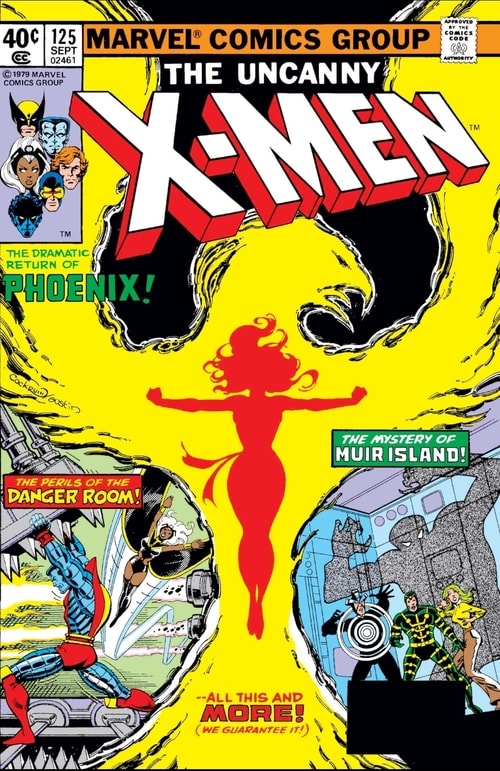 Icarus (The Longest Fall #1)
Icarus (The Longest Fall #1)
By Gregory A. Wilson (author), Keith R.A. DeCandido (script), Athila Fabbio (illustration), Kris Siuda (lettering)
Atthis Arts (130 pages, $24.99 paperback, $11.99 eBook, Nov 10, 2020)
A lot of speculative fiction these days is focusing on class conflict and subjugation, especially out of the United States – and rightfully so. With Icarus, Gregory A. Wilson and his co-creators present Vol, a world where magisters with arcane powers are the tyrants, fire demons and lava floes are the daily hazards, and digging for flamepetals is the factory or labor work offering basic subsistence.
Jellinek the flamepetal digger is our window into this struggle, and it’s through him that we meet angel-winged savior Icarus, who arrives with no memory but an impulsive drive to learn about Vol and stand up to its bullies. It’s a familiar concept but one that strikes a chord with a lot of us, I think, as we look for people and symbols to get us through difficult times.
There are nuances to the way Wilson and scriptwriter Keith R.A. DeCandido explore these familiar concepts through these characters. Icarus has some innocence to him as he approaches truth and justice, but he’s far from a wet blanket, especially as he learns more about his role in Vol’s history.
Jellinek’s wisdom and pragmatism get them through some tricky situations, but he’s willing to go down fighting after “living half-afraid” and stands up for things the way a lot of people probably wish they could. Throw in some intense action and adventure, and I’m hooked.
The artwork in both books is particularly striking. I love the balance between reds and blues that Fabbio and Pizzatto use to separate different aspects of this world, especially the way they show that even the antagonists are still grounders (Vol natives) and separate from Icarus.
…
Read More Read More









